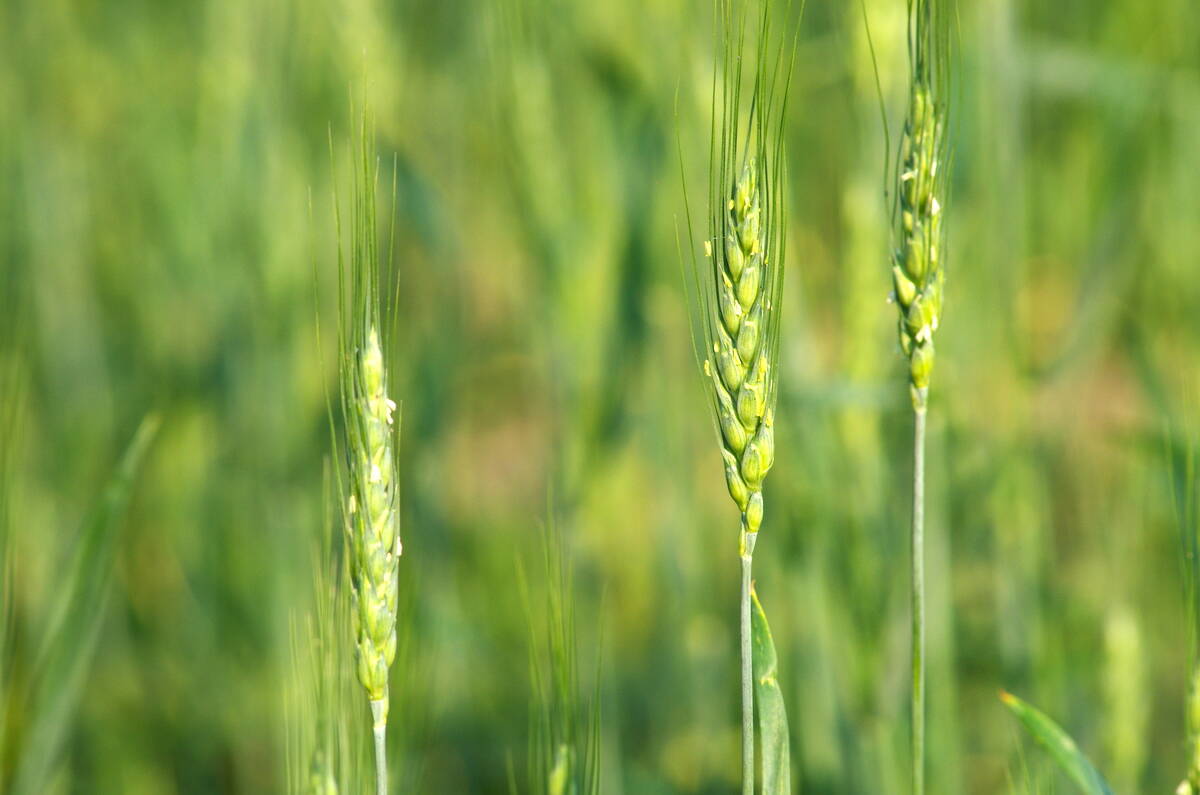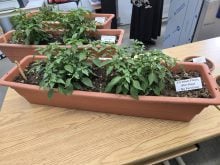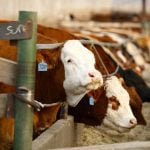A recent Japanese study has shown that extracts from the Sago palm stimulated nitrogen-producing bacterial transformation.
Researchers hope that better understanding of the system could someday lead to more efficient, less fertilizer-dependent agricultural production.
The cycad Cycas revolute, or Sago palm, is a palm-like plant that grows on rocky coastal cliffs in the subtropics and tropics. It has a symbiotic relationship with the nostoc species of bacteria, which can convert nitrogen from the atmosphere into ammonia, which the host plant uses for its growth.
Scientists knew that Sago palm roots produce a compound that can induce nostoc species within the soil to transform into their motile form, hormogonia, and attract them to the roots. However, nobody has determined what exactly the compound is.
Read Also

Code cracked on nitrogen-fixing wheat?
U.S. crop breeders have created a wheat variety capable of fixing its own nitrogen rather than relying on fertilizer.
A study published in the journal Scientific Reports, researchers from Hokkaido University in Japan investigated an extract made from the coralloid roots of Sago palm plants.
They found that the extract triggered the transformation of nostoc bacteria into hormogonia. Further analyses revealed the main active elements present in the extract were a mixture of diacylglycerols; compounds composed of two fatty acid chains linked together.
The team tested each of the diacylglycerols for their abilities to act as hormogonia-inducing factors and found that diacylglycerol “1-palmitoyl-2-linoleoyl-sn-glycerol” showed pronounced hormogonia-inducing activity on the bacteria.
“Since the bacteria can provide host plants nitrogen to help them grow, better understanding of the system could someday lead to more efficient, less fertilizer-dependent agricultural production,” the researchers concluded.















